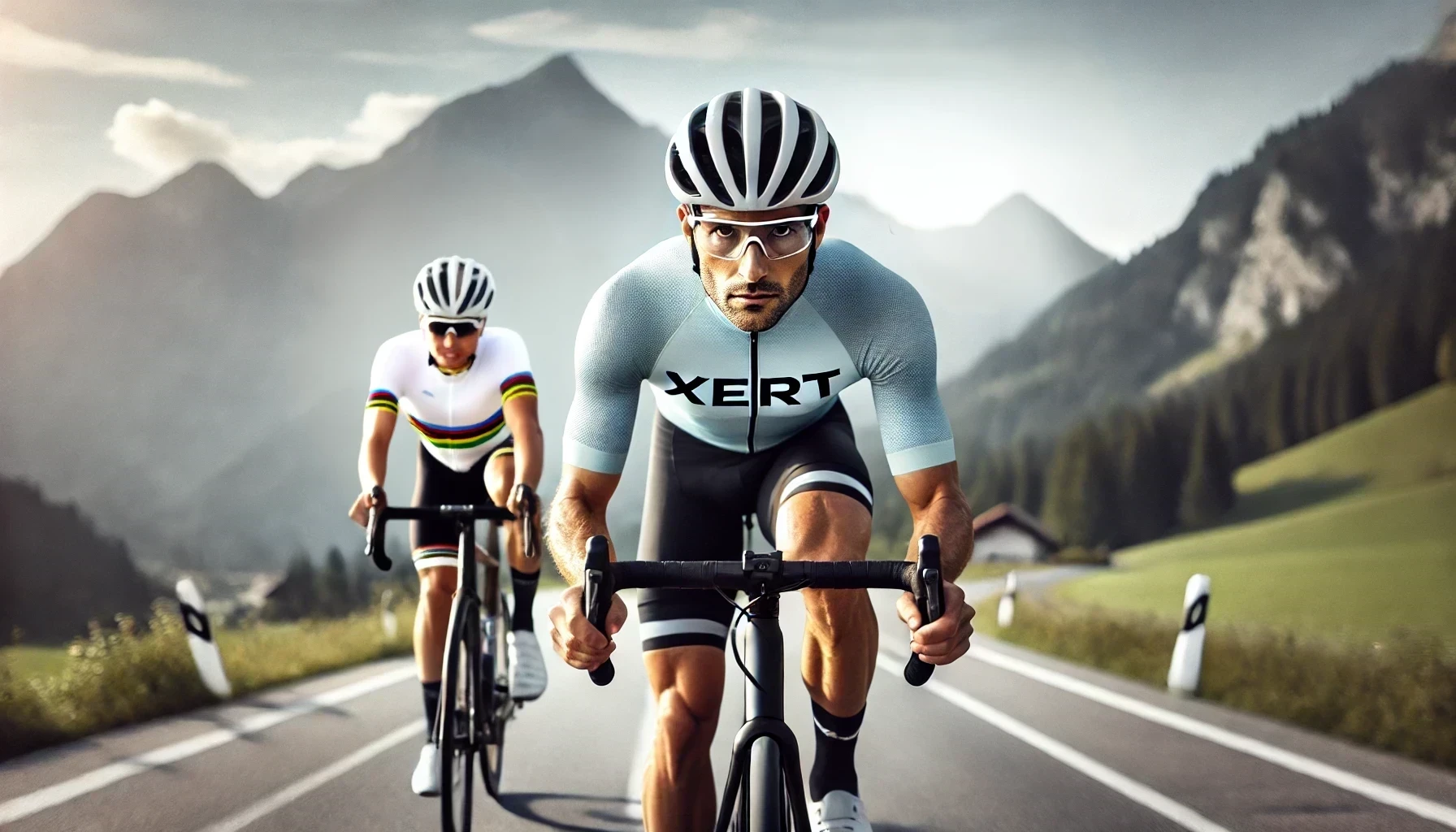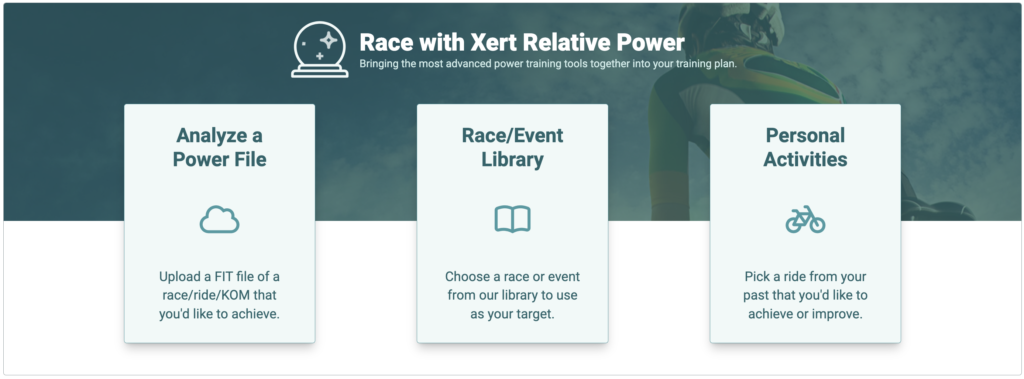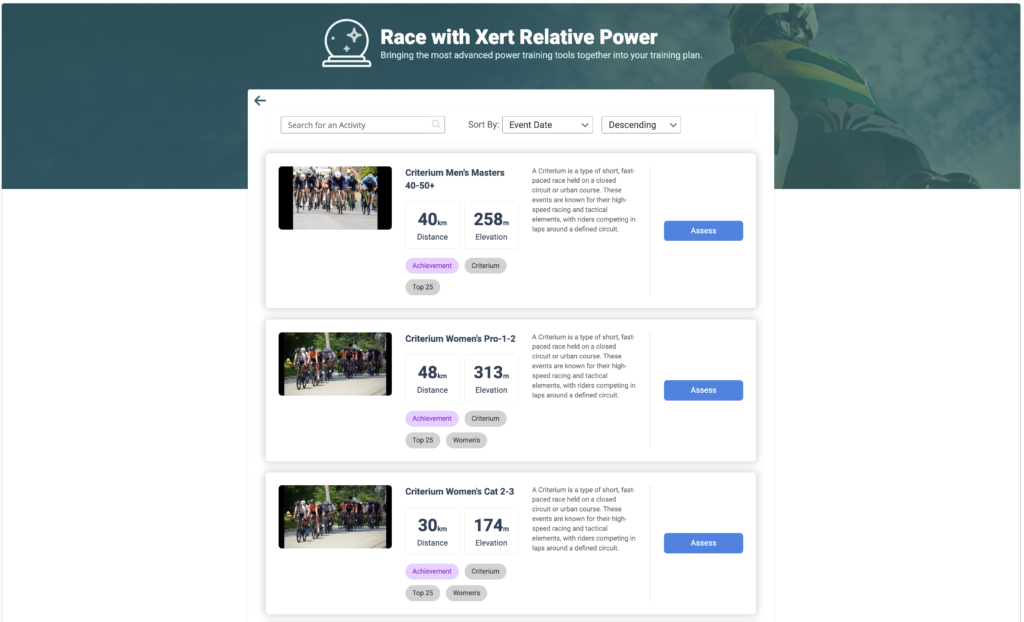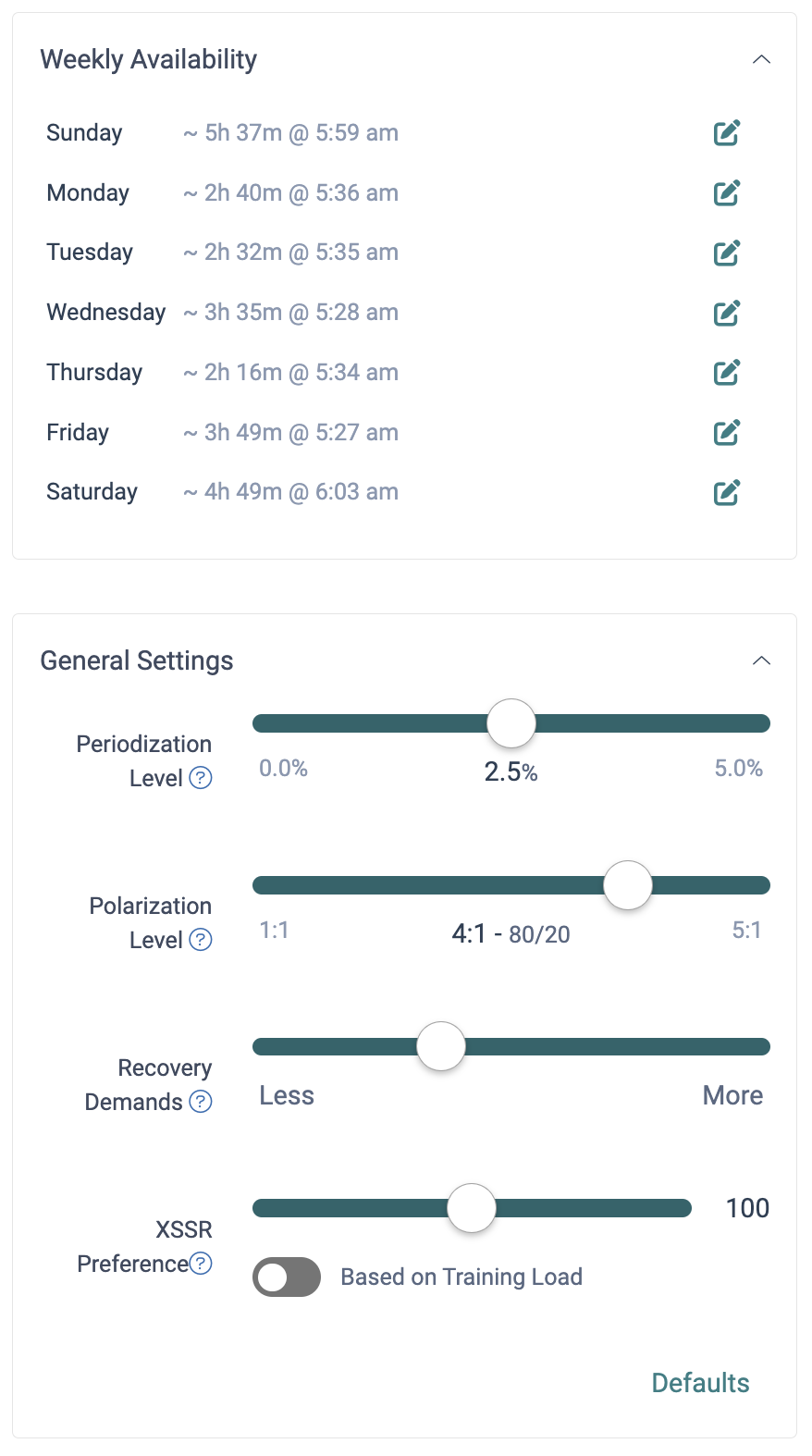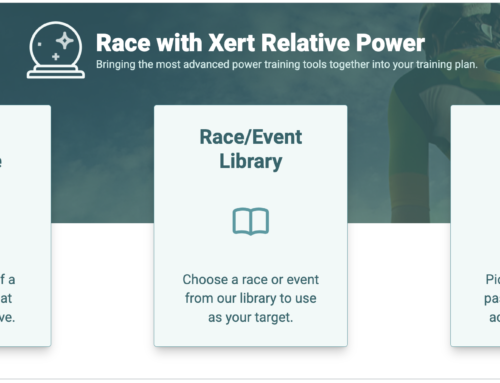Introducing Race AI
Everyone is familiar with training plans. They generally give you workouts with perhaps the goal of preparing you for a race or maybe just to “get fit”. How fit you will be at the end of the training plan is a bit of an unknown. Will you be ready for the demands of the race? Will you be fit enough to podium? Will you get dropped? Will you be “fit”? Lots of unknowns.
Wouldn’t it be great if we knew what fitness it took to podium? Finish in the top 100? Not get dropped on the club ride? Is it just about increasing my threshold power? Maybe I need to be punchier on the climbs because that’s where I get dropped. Maybe I need to improve my endurance so I don’t fade later in the race. Maybe the race ends in a bunch sprint and I need more top end power. What aspect of my fitness and performance needs to improve and by how much?
Everyone that’s ever done a workout would love an answer to this, from the beginner wanting to be able to keep up on the weekend club ride to the professional that longs to be as strong as Tadej Pogacar or Mathieu van der Poel. We all aspire to have the fitness to achieve our goals. If only we knew what it took and have the ability train towards achieving them.
It’s now here. It’s called Race AI.
Here at Xert, we’ve endeavoured to answer this question and solve this very complex puzzle. As you’ll appreciate after reading this post, the effort has been a major undertaking … but we’ve finally done it.
The Race AI Solution – Break Down the Problem into Steps
Like many hard problems, it’s often good to break down a hard problem into individual steps you can solve. Then put all the steps together and you solve the problem. If we’re trying to take Rider A and train them towards being able to perform like Rider B did during a race or ride, we have the following steps we need to solve:
- What’s our target? We need to analyze what Rider B did during the race/ride and assess what fitness Rider A would need to reach to do the same.
- Is the fitness level something Rider A could achieve?
- If not, what might they need to change in order to get there?
- Can we ultimately generate a realistic training plan? Is there a plan that Rider A can fit within the time they have available, accounts for their unique preferences such that they can follow the program?
If we can solve each of these 4 steps, then we’ve got the basis for generating a training plan that is uniquely tailored to you. It should help you reach these goals by accounting for your current training status, your capacity for improvement and your ability to follow the plan.
What is the Target?
Understanding and defining the target fitness and performance level the training needs to achieve is as important as anything else that we do. Is it to raise FTP, improve durability i.e. power at the end of the race, handle shorter hills better, increase top end sprinting power or all of the above but in some balance? Getting the target (or targets even) is the most important step since if we don’t have the right targets to aim for, everything else will be wrong, even if we did all the training and never missed a workout.
So we asked ourselves: What would be the best way to define what the target needs to be?
Best answer: Use a power file from that athlete you wish to perform like. Many athletes make their data publicly available or if not you can request them to share a ride or race you wish to be able to do and use that. If the power file was a race winning ride for the event you’re targeting, then being able to produce similar power would be an important step towards reaching a similar outcome. A properly chosen power file will contain all the elements of what you need to target for your fitness in order to perform at the same level.
There’s a snag though.
If the rider was bigger or smaller than you, then their power data is not likely to be well-suited. If it was a climber’s course and they raced at 20kg less than you, performing at the same power they did won’t help you in the race. Similarly, if the course was flat they raced at 20kg heavier than you, performing at the same watts/kg won’t work either. Watts and watts/kg are both not exactly ideal in this scenario. To do this correctly, the data needs to be transformed from the power they performed at, at the grade they performed it at, to the power you will need to perform to get the same result.
We solved this step problem by introducing the concept of Relative Power. Relative Power answers the question: If Rider A at 65kg is doing 400W on a 2% climb, what would Rider B at 85kg need to do? Using Xert’s new Relative Power algorithm, we now have the ability to transform one athlete’s race winning ride, or the athlete that was first to reach the coffee stop on the group ride, or the athlete the broke the record on the hill climb challenge, or the athlete that stole your KOM on the Strava segment, or, or … We can transform this data into what you’d need to do at your weight (or better .. the weight you aim to be on race day .. hold that thought!). This is the Race AI solution to Step 1.
Is it achievable?
Achievability means a lot of things since many dimensions of fitness and performance may have gone into the race/ride achievement that’s now encapsulated into the transformed data we can analyze. What are these dimensions?
- What FTP / Threshold Power will I need to be at?
- How much punchiness is required, i.e. High Intensity Energy?
- Are there no, a few or many sprint efforts involved, i.e. is Peak Power a factor?
- Are there many repeated hard efforts over the course of a long ride, i.e. increased durability is needed?
- Are the efforts going to put a strain on glycogen levels and require more fuelling than I’m used to?
- Will I do better by losing a few pounds for the climbing efforts in the race or will maintaining big power on flatter parts of the course be more important?
Seems like a crazy idea to try and do all this, huh? It was until we decided to use a secret weapon: MPA analysis. To answer all of the above. Step 2 of Race AI repeatedly performs MPA analysis thousands of times, and finds fitness signatures that meet all these constraints. It then determines which of these fitness signatures are within reach based on the target date and finds the one that is the most attainable.
What if it’s not achievable?
Firstly and realistically, not every race result will be achievable. As you will soon learn as you start interacting with the system, races performed by professionals at the top of their game, are not going to be reachable by most everyone except for the small few professionals that may have the capacity to perform at the same level. Indeed, this could be the affirmation they need to invest into their training and seek a professional career in cycling.
Secondly, it might be possible to nudge things a bit and perhaps achieve the target as a stretch target. For example, perhaps a reduction in your target weight might make things achievable.
Race AI allows you to make a number of adjustments to see if you can reach achievability. Check out the Race AI Guide for more details:
| Adjustment | Explanation |
|---|---|
| Target Date | Race AI supports two modes: Prepare for a Race (date is fixed) or Prepare for an Achievement (date is flexible). You can move the Target Date further out to give you more time to train. This can make higher targets achievable. Since Achievability accounts for your current fitness and training status in order to project out into the future, having more time will allow you to train the appropriate low, high and peak systems towards the target fitness level needed. |
| Target Weight | Since Race AI uses Relative Power to transform the data from the target athlete’s race to what power you would need to perform, decreasing your target weight will reduce the power needed. Increasing weight, increases power required. The degree weight affects power is based on the terrain of the course – the grades experienced and for how long. Courses that are hilly and/or mountainous will show greater decreases in power as weight decreases. Similarly, flatter courses will vary to a much lesser degree as target weight varies, benefitting heavier, stronger athletes. |
| Event Readiness | Event Readiness encapsulates the durability you will need to reach for the race/achievement in question. Different races place strain across your fitness – low, high and peak – in different quantities and being trained enough to withstand this strain at the readiness level you would like to have is key. Increasing this number may make a longer race more achievable at the expense of a higher risk of lack of preparedness going into the race. A lower event readiness means you’ll be more ready to perform on race day. Click here for more info on Event Readiness. |
| Carbs Per Hour | Initially disabled, you can enable this as a maximum rate. For example, if you’re one to suffer from gastro-intestinal (GI) issues during races and can only consume carbs at a rate of 50 grams per hour, you can enable this setting and adjust it downwards. A corresponding increase in training will be needed such that Xert’s estimate of carbs/hr falls below the setting. |
| Difficulty Score | Like Carbs Per Hour, Difficulty is initially disabled. You can enable this if you are concerned that the race/ride will be very hard at key moments and that you’ll be tested to go really deep. Increasing your fitness signature in the appropriate proportions can enable you to lower the overall difficulty associated and improve your chances of surviving and withstanding these efforts in the race/ride. Race AI can help find the right balance. |
When we’ve completed making all the necessary adjustments and selections, we can finally move to the last step…
Is there a training plan that I can follow?
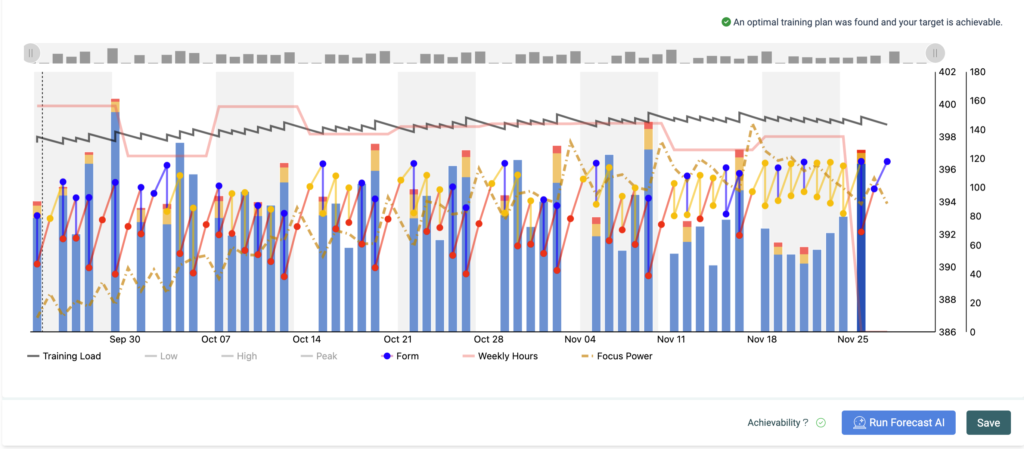
The final step is where all the analysis and adjustments get put together and where Xert’s Forecast AI takes over and looks to map out a step-by-step, day-by-day training plan that fits within all the constraints you have – availability, weekly hours, etc. When Forecast AI finds a training plan, you will have the so-called map that you can follow that will get you from point A to point B, where point A is where you are today and point B is having the fitness to be able to perform at the level that you had set out to achieve.
XFAI is a complex optimization process and accounts for various settings and constraints you can control and adjust:
Conclusion
Race AI is a remarkable accomplishment. It has brought together many new and innovative solutions into an integrated offering. It solves the longest-standing challenge that has faced the endurance sport community since training was created.
